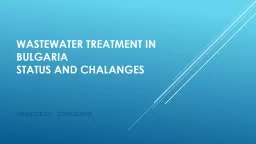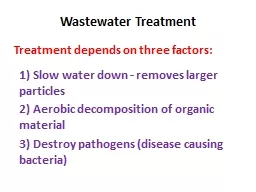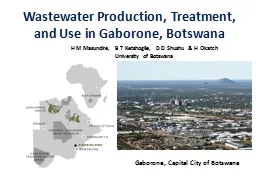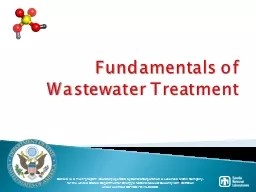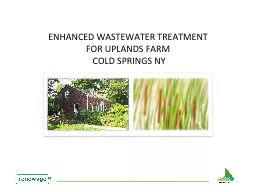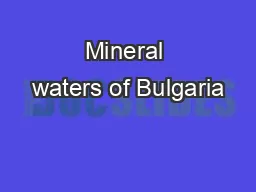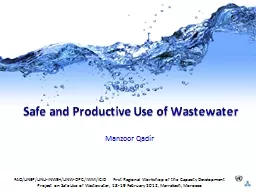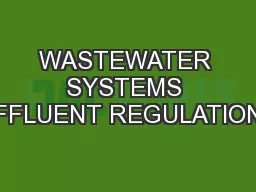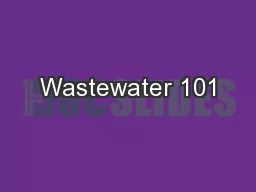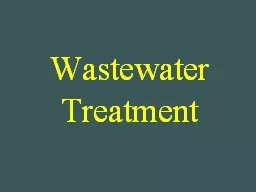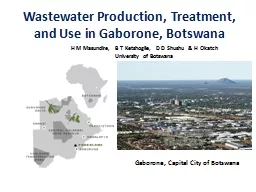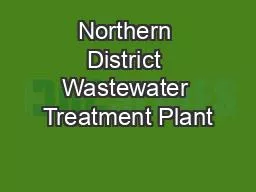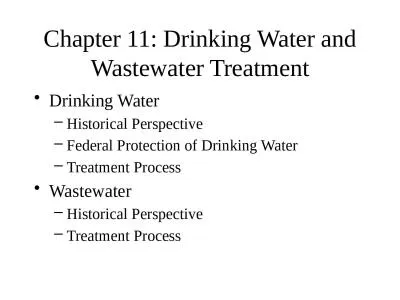PPT-WASTEWATER TREATMENT IN BULGARIA
Author : stefany-barnette | Published Date : 2017-03-16
STATUS AND CHALANGES ORLIN DIKOV INFRASTRUCTURE CONSULTANT BULGARIAs MAIN STEPS TOWARDS the EU 1995 Submitted Application for EU membership 2000 Accession negotiations
Presentation Embed Code
Download Presentation
Download Presentation The PPT/PDF document "WASTEWATER TREATMENT IN BULGARIA" is the property of its rightful owner. Permission is granted to download and print the materials on this website for personal, non-commercial use only, and to display it on your personal computer provided you do not modify the materials and that you retain all copyright notices contained in the materials. By downloading content from our website, you accept the terms of this agreement.
WASTEWATER TREATMENT IN BULGARIA: Transcript
Download Rules Of Document
"WASTEWATER TREATMENT IN BULGARIA"The content belongs to its owner. You may download and print it for personal use, without modification, and keep all copyright notices. By downloading, you agree to these terms.
Related Documents

